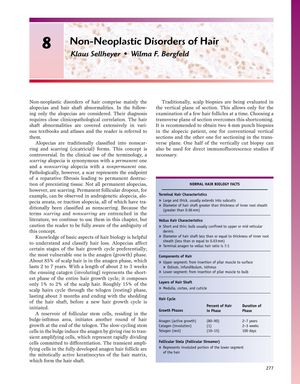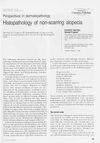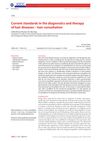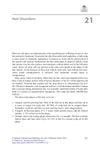Non-Neoplastic Disorders of Hair
January 2010
in “
Elsevier eBooks
”

TLDR The document concludes that different types of hair loss have specific treatments, and early diagnosis is crucial for preventing permanent hair loss.
The document from 2010 provides a comprehensive overview of non-neoplastic hair disorders, including various forms of alopecia. It explains the classification of alopecias into scarring and non-scarring types, with a focus on their clinical and histologic characteristics, as well as treatment options. Androgenetic alopecia, a common non-scarring type, is characterized by a reduced terminal to vellus hair ratio and can be treated with topical minoxidil, finasteride, and surgical options. Alopecia areata, affecting 1% to 2% of the U.S. population, presents with patchy to complete hair loss and can be managed with corticosteroids or more aggressive therapies depending on severity. Other conditions like triangular alopecia, loose anagen hair syndrome, and syphilitic alopecia are also discussed, with treatments ranging from topical minoxidil to antibiotics. Scarring alopecias, such as chronic cutaneous lupus erythematosus and lichen planopilaris, require early intervention with corticosteroids and other medications to prevent permanent hair loss, with surgical options for inactive lesions. The document emphasizes the importance of clinicopathologic correlation for accurate diagnosis and treatment of these diverse hair disorders.






